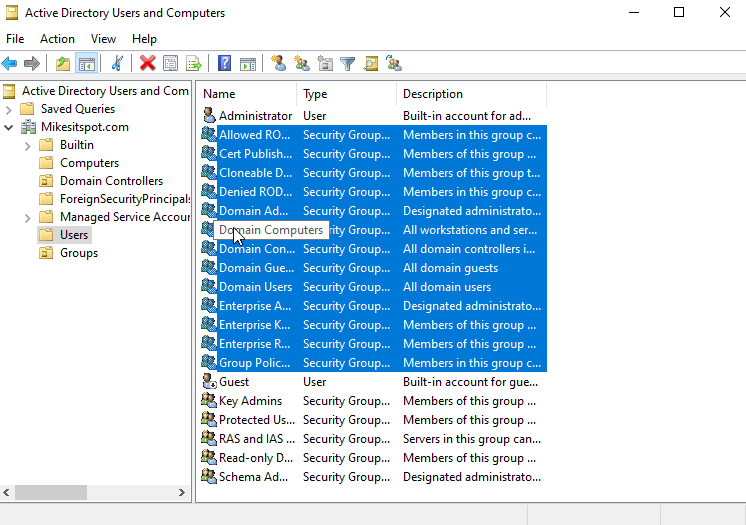How to Remove Malware from Your Computer: A Step-by-Step Guide
Malware, short for malicious software, is a type of software designed to harm your computer or steal your personal information. It can come in many forms, including viruses, worms, Trojan horses, ransomware, and spyware. Malware can slow down your computer, cause it to crash, and steal sensitive information such as passwords and credit card numbers.
If you suspect that your computer has been infected with malware, it's important to take immediate action to remove it. Here's a step-by-step guide on how to remove malware from your computer:
Step 1: Disconnect from the internet
As soon as you suspect that your computer is infected with malware, disconnect from the internet to prevent the malware from spreading. This will also prevent the malware from communicating with its command and control server, which could cause further harm to your computer.
Step 2: Enter safe mode
Restart your computer and enter safe mode, which will allow you to run antivirus and malware removal tools without interference from the malware itself. To enter safe mode, press F8 or another key (depending on your computer's manufacturer) during startup.
Step 3: Run a malware scan
Use an antivirus or malware removal tool to scan your computer and identify any malicious programs or files. Make sure to use a reputable tool that is regularly updated to detect the latest threats. Some popular antivirus and malware removal tools include Avast, AVG, Malwarebytes, and Norton.
Step 4: Remove identified malware
Once the malware has been identified, use the malware removal tool to remove it from your computer. Follow the instructions provided by the tool carefully to ensure that the removal process is successful. If the malware is particularly stubborn, you may need to use a specialized tool or consult with a professional.
Step 5: Delete temporary files
Malware often leaves behind temporary files that can slow down your computer and potentially lead to further infections. Use a disk cleanup tool to delete any temporary files and other unnecessary files from your computer. This will help to free up space on your hard drive and improve your computer's performance.
Step 6: Update your operating system and software
Malware often exploits vulnerabilities in outdated operating systems and software. Make sure to update your operating system and all installed software to the latest version to prevent future infections. You should also enable automatic updates to ensure that your software is always up to date.
Step 7: Restore from backup (if necessary)
If the malware has caused irreparable damage to your computer, you may need to restore from a backup. Make sure to only restore from a backup that was created before the malware infection occurred. This will help to ensure that the malware is completely removed from your computer.
In conclusion, removing malware from your computer can be a complex process, but by following these steps, you can help to protect your computer and your personal information from harm. If you're unsure about how to remove malware or you need further assistance, don't hesitate to consult with a professional. Remember, prevention is always the best defense against malware, so make sure to keep your computer and software up to date and use antivirus software to help protect your computer from future infections.

Comments
Post a Comment